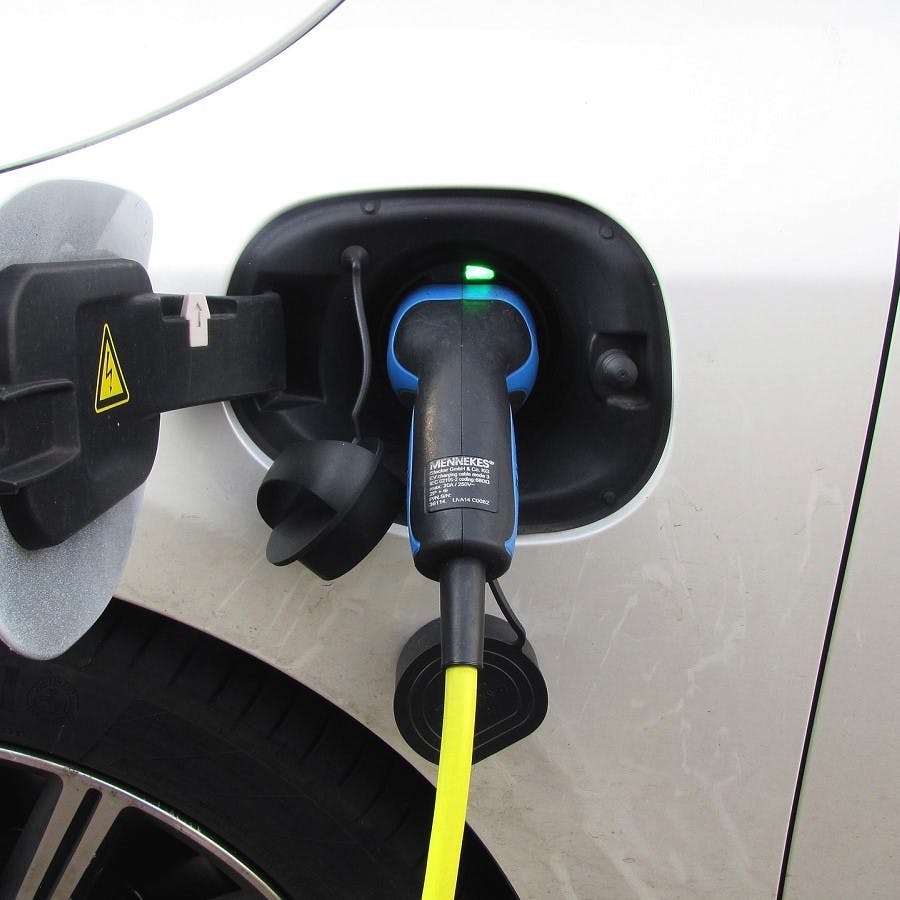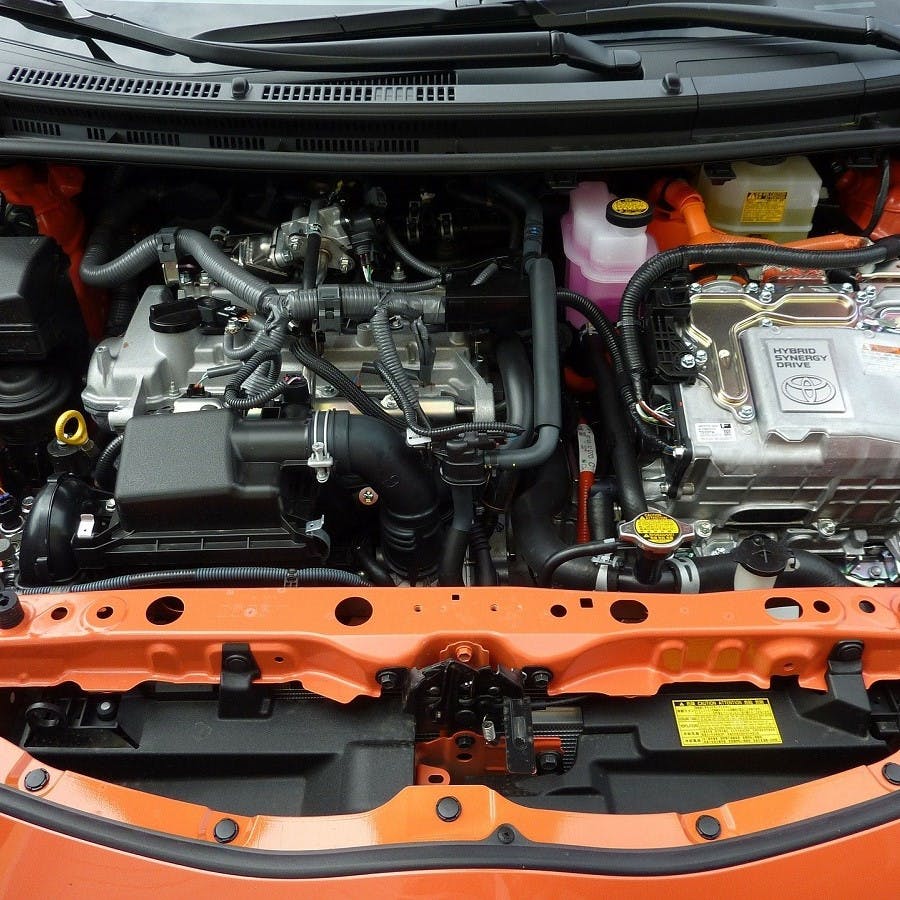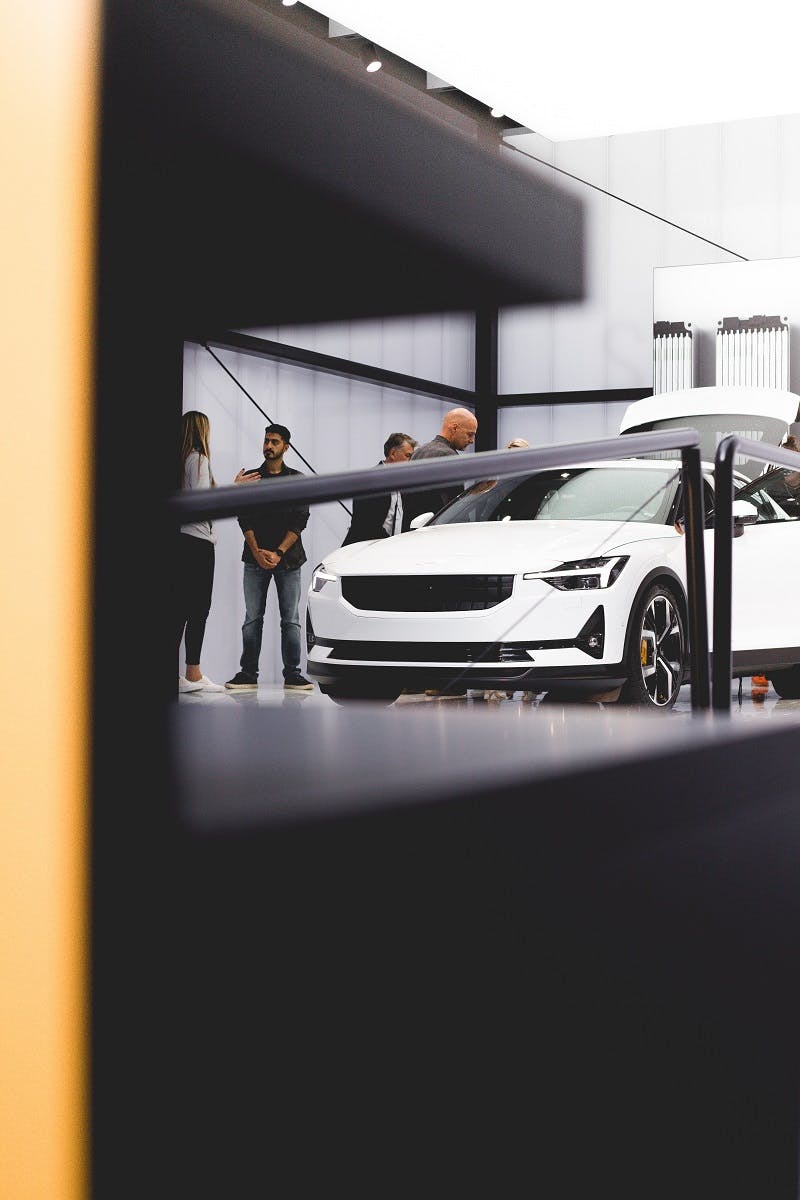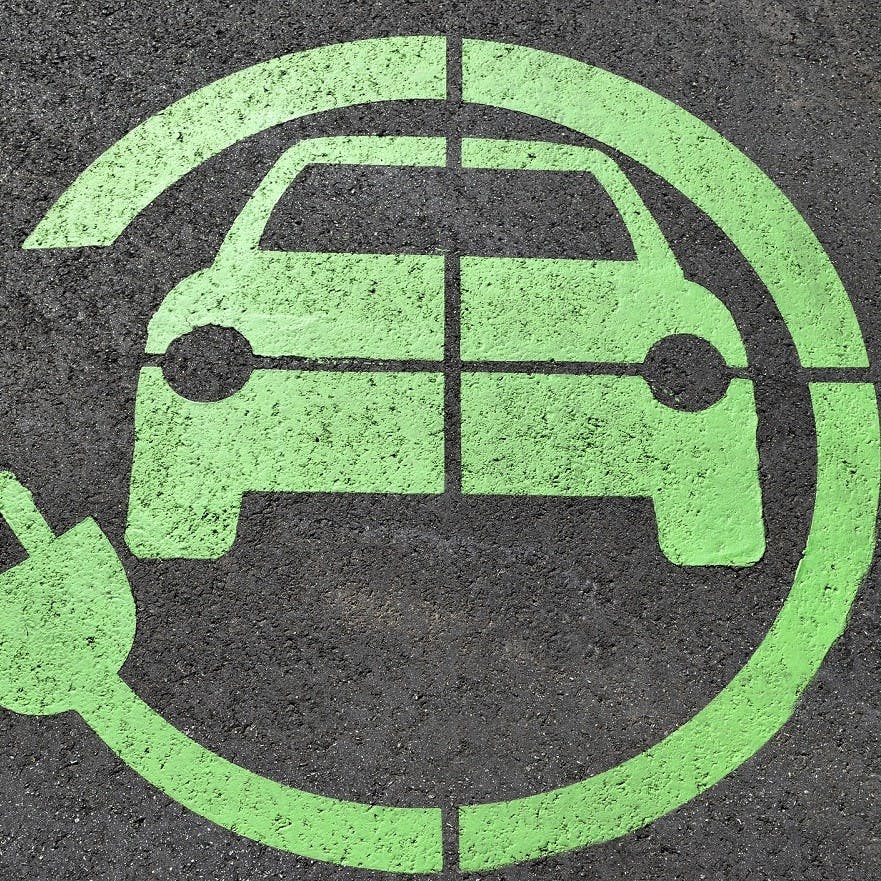
Matt Davies
What are hybrid cars and how do they work? Do they play a role in achieving a green, sustainable future? Find the answers to help you decide whether it’s worth replacing your fuel-powered car for a hybrid.
What is a hybrid car?
Hybrid cars are vehicles that use both a small combustion engine and an electric motor. The combined propulsion from both mechanisms generates maximum power and increased fuel efficiency with minimum emissions. Put simply, hybrid cars combine a diesel or petrol engine with an electric motor and a battery.

How do hybrid cars work?
Hybrid cars generate an electrical current that’s stored in a large battery and used to help drive the car. The electrical energy is produced by a regenerative braking system. Essentially, as the driver applies the brakes, the electric motor works as an electricity generator, sending electricity into the battery for future use.
Hybrid cars can also conserve energy by turning off the petrol or diesel engine when the car is parked, idle at a traffic light, or in neutral and at a standstill. Hybrid cars can also maintain their power when there’s enough energy from the electric motor to drive the vehicle without support from the regular combustion engine.


Take action now
Do you want to have a direct impact on climate change? Sir David Attenborough said the best thing we can do is to rewild the planet. So we run reforestation and rewilding programs across the globe to restore wild ecosystems and capture carbon.
Get involved
What’s the difference between standard hybrids and plug-in hybrids?
The advantage of hybrid cars is that they recharge their own batteries ‘on the move’. As explained above, a hybrid car will even recharge itself when you hit the brakes.
Standard hybrids (known as parallel and series hybrids) do not need to be powered at charging points - which are mainly designed for electric vehicles (EVs). Standard hybrid cars need fuel (i.e. petrol or diesel), even if operating in an electric-only mode.
Plug-in hybrid cars (PHEVs) - which have a larger battery compared to standard hybrids - can be charged at EV charging points. Charging a PHEV enhances the ability of its electric motor to drive further without having to start the ICE. This substantially increases the vehicle’s fuel efficiency.
Neither standard nor plug-in hybrid cars require you to plug it into an EV charging point. However, with a plug-in hybrid, you have the option to do so. Drivers of PHEVs will no longer struggle to find a local charging point, as broadband providers, such as Virgin Media, will be installing them at their broadband street cabinets - normally used for the company’s cable broadband network.

The time is right for electric cars - in fact the time is critical
Carlos Ghosn
Do hybrid cars hold the key to a green future?
One of the greatest advantages of hybrids cars over gasoline-powered ones is that they consume less petrol or diesel and have better gas mileage. However, not all hybrids are as eco-friendly as each other. Standard hybrid cars release the same amount of greenhouse gases as conventional cars since they burn regular gasoline. Plug-in hybrids, however, consume less petrol and emit fewer emissions, so they’re more environmentally friendly.
In comparison, the use of plug-in hybrid cars marks a further step towards a net-zero carbon economy compared to that of standard hybrids. Plug-in models may well hold the key to a greener, renewable future.
As hybrid cars develop and gain popularity, we’ll see more infrastructure being built and even more manufacturers coming to the market with innovative and affordable hybrid models. Looking ahead, greater access to EV charging points will help hybrid drivers to improve the fuel efficiency of their cars, substantially benefiting the environment at the same time.
TRENDING
2018 saw the number of alternative fuel passenger cars registered reach 141,000 in the UK. Figures had increased fourfold since 2013, making it the greatest growth of any fuel type.
If you'd like to learn more about the pros and cons of 100% electric vehicles, then be sure to read through our Electric Cars guide.


Sources & further reading

- “Hybrid cars and HOV lanes” - Transportation Research Part A: Policy and Practice
- “Combining hybrid cars and synthetic fuels with electricity generation and carbon capture and storage” - Energy Policy